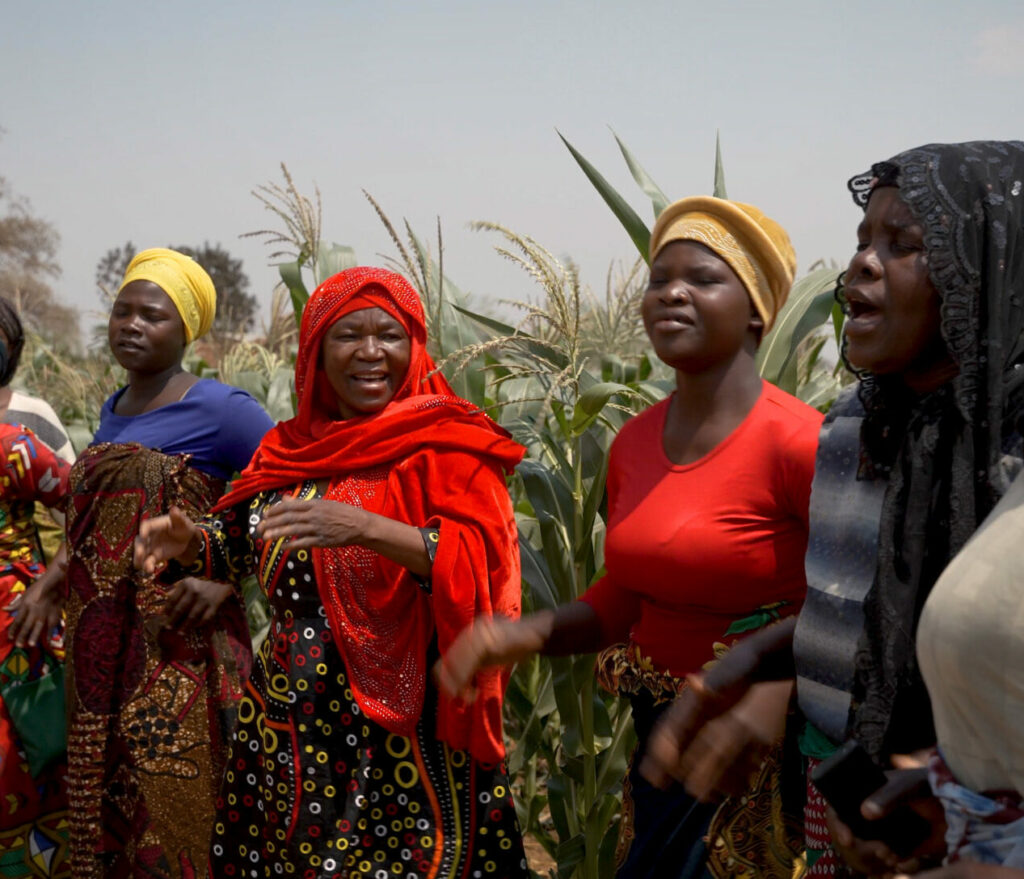Poverty and environmental issues are two interrelated problems that cannot be tackled separately.
As the world population increases and the climate crisis intensifies, natural resources become ever more scares and degraded. This puts a significant strain on poor people worldwide, whose livelihood is highly dependent on natural resources.
Can policies and interventions be developed to tackle the joint implications of poverty and environment issues?
This is the focus of the new “Introduction to Sustainable Development” e-course. The course is the first in a two-part e-learning series. It looks into WHAT an integrated approach to sustainable development is and WHY should countries prioritize it. In four modules, the course explores the rationale, drivers, challenges, and opportunities for addressing environment, climate, and poverty issues in an integrated manner.
The new e-learning series is the result of a collaboration between UNITAR and UNDP/UNEP’s Poverty-Environment Action for Sustainable Development project (UNDP-UNEP PEA), which aimed to bring poverty, environment, and climate objectives into the heart of development plans, policies, budgets, public and private finance in partner countries.
The two courses in the learning series are based on years of experience, lessons, case studies, and practical guidance distilled by the PEI/PEA project and synthesized in the PEA Handbook.
Learn more about the course below!
What will you learn?
After completing the course, you will be able to:
- Discuss the poverty and environment nexus and related concepts;
- Identify related international developments, global and regional trends, and explore their significance in a local context;
- Explain the rationale and drivers behind integrating policy planning;
- Identify challenges and opportunities for advancing an integrated approach;
- Give examples of enabling policy conditions for integrating poverty and environment issues.
Who is this course for?
The course is open to everyone, but the following groups may find it particularly useful:
- Technical and policy planning staff at the national, regional, and local levels;
- Development practitioners;
- Change agents from civil society and the private sector, including youth;
- Citizens interested in sustainable development in practice.
Will you get a certificate?
The successful completion of the course rewards the learner with a certificate. To complete the course, the learner must complete all four modules and pass the final quiz with a minimum grade of 70% from no more than three attempts.

